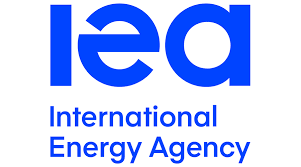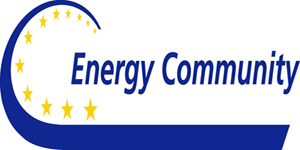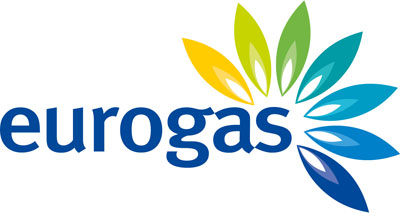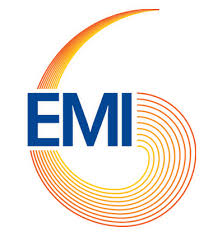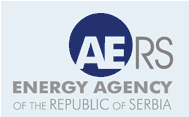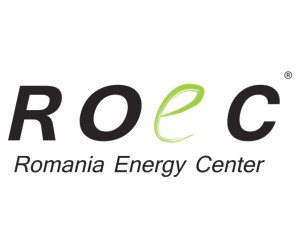A review of all the headlines published by Renewable Energy Worldthis year revealed many interesting trends in the global renewable energy marketplace. Ten trends, however, stand out as being major stories to watch in 2017. Take a look, and add your comments below to let us know what stories you will be watching in the New Year.
No. 10: Renewable Jet Fuel
In addition to the commitments made this year by major airlines, such as jetBlue and United, to integrate renewable jet fuel into operations, governments around the world reached an agreement in October on the design of a global market-based measure for international aviation. The agreement is part of a larger plan to invest in new aviation technology, scale up renewable fuels use and improve operations to reduce carbon emissions from the airline industry. In 2017, expect an increase in announcements by airlines on the amount of renewable jet fuel in their operations and improvements in infrastructure to produce that fuel.
No. 9: Drones
Drones saw a lot of attention from the general public this year, and that attention will increase in the renewables space in 2017 as industry looks for ways to make this technology work in the field to improve project development and reduce costs of operations and maintenance. Here, expect to see the focus fall on improvements to the technologies housed on drones and the resulting modeling they can produce.
No. 8: Pumped Storage + Renewables
Pumped storage hydro represents the most installed capacity of the energy storage technologies, and its use as a large-scale option for smoothing out renewable energy on the grid will grow in 2017. Expect, however, to see in the New Year more pumped storage hydro sites proposed that are collocated with other renewable energy technologies, such as wind and solar.
No. 7: Pay-Go Solar in Africa
Pay-as-you-go solar startups have been steadily achieving success in their efforts to bring power services to parts of Africa that have little to no access to energy infrastructure. Their model brings together solar PV, storage and mobile pay technologies to give customers an affordable option for electricity. They also were successful this year in bringing in investors to support the business model. In 2017, expect to see pay-go solar spread quickly to new regions in Africa and more major investment announcements from providers come down the line.
No. 6: Storage in Energy Markets
Progress in the energy storage market took a major uptick in 2016, as storage technologies demonstrated their ability as multitaskers, supporting greater amounts of renewables on the grid and providing grid services. The conversation around energy storage, however, shifted this year to the idea that energy storage deserves equal policy treatment in energy markets. In 2017, expect advancements on this front from the U.S. and the U.K., as both countries look more closely at their energy market structures and begin to find ways to adjust policies to meet the needs of energy storage.
No. 5: US Offshore Wind
The big story in U.S. offshore wind power this year clearly was the start of commercial operations for the Block Island Wind Farm. This market saw considerable foundational activity, too, as states on the East Coast worked vigorously on mechanisms to support offshore wind development in their waters, and developers put forward the proposals that will drive growth in this industry for years to come. In 2017, expect this offshore segment to take shape not only in new state-level policies that favor development but also new partnerships between offshore wind and offshore oil and gas developers looking to take advantage of the skills each brings to the table.
No. 4: Corporate Renewables
Large corporations showed their power this year, building significantly on an already growing interest in obtaining their power from renewable resources. Not only did Google, Apple, Microsoft and other major companies like these big names make huge commitments to renewables in 2016, but the corporate community in May also came together formally under an alliance designed to find more ways for corporations to buy renewable energy. In 2017, expect to see large companies identify more creative strategies for sourcing renewable energy that go beyond power purchase agreements and direct builds.
No. 3: Trump
Very little has ever shocked the renewable energy and environmental communities more than the election in 2016 of Donald Trump as President of the United States. Before the year ended, that shock grew into grave concern, as Trump began naming the people he wants to take over federal agencies in charge of energy and environment. In 2017, expect the U.S. renewables industry, and the global environmental community, to wait with bated breath as Trump takes office and begins demonstrating how quickly he can move to undo the work President Obama has done in advancing U.S. clean energy policy and helping bring the global community together to reduce carbon emissions.
No. 2: Tesla
Tesla’s story this year was full of twists and turns, risk and excitement. Some believe Elon Musk goes too far in his dreams, and that the steps he is taking to build a new-age EV, solar and energy storage provider will bring down one of the most promising companies of the 21st century. That said, his supporters are not backing away. Musk’s work this year included securing home storage markets in the US and Europe; deepening ties with Panasonic; unveiling a grand plan to bring solar, storage, and charging together in an easy-to-buy package; buying SolarCity for a cool $2 billion; and unveiling a solar glass roof concept. What to expect in 2017 from this incredible company and its leader is anybody’s guess, but one thing is clear, Tesla will need to keep its stock on a growth track, ensuring that volatility it saw in 2016 stays in 2016.
No. 1: India
India takes the No. 1 spot on this trends list for its sheer volume of activity in the solar sector in 2016. The country is mobilizing to meet Prime Minister Narendra Modi’s plans to boost solar capacity in the country to 100 GW by 2022, if not sooner. This year, India issued its first call for solar power projects with energy storage and set out about $3 billion in state funding for developing the country’s solar panel manufacturing infrastructure. Meanwhile, the global investment community has begun backing activity in the country, with more than $100 billion in commitments that support solar development. As the foundation for large-scale solar in India continues its momentum in 2017, expect the path for adoption of distributed energy, off-grid systems and local storage options to become clearer. As well, India next year will demonstrate leadership in green finance as it starts up its first green bank and begins to support local banking options through unique public-private mechanisms.
Social Bonus: Record Solar Cost
Renewable Energy World posts in Facebook every headline it publishes online. A few stories in 2016 garnered a lot of attention in the social media platform, but the news that Dubai broke the record for the lowest cost of solar blew away Renewable Energy World’s record for engagement in Facebook by followers. Written by Moritz Borgmann, partner at clean tech advisory Apricum, the story explained that the Dubai Electricity and Water Authority received bids as low as US$3/kWh for the 800-MW Sheikh Maktoum solar park phase three, marking not only the lowest cost ever for solar power, but also beating costs for fossil fuel in Dubai. Expect Dubai to continue to make headlines in 2017, as the city works to achieve Sheikh Mohammed bin Rashid’s clean energy strategy for 2050, which includes generating 7 percent of all of its power from renewable resources by 2020 and 75 percent by 2050.
*Jennifer Delony is associate editor for Renewable Energy World. She worked previously as an analyst for PennWell's TransmissionHub
(renewableenergyworld.com, December 30, 2016)

 by Jennifer Delony*
by Jennifer Delony*



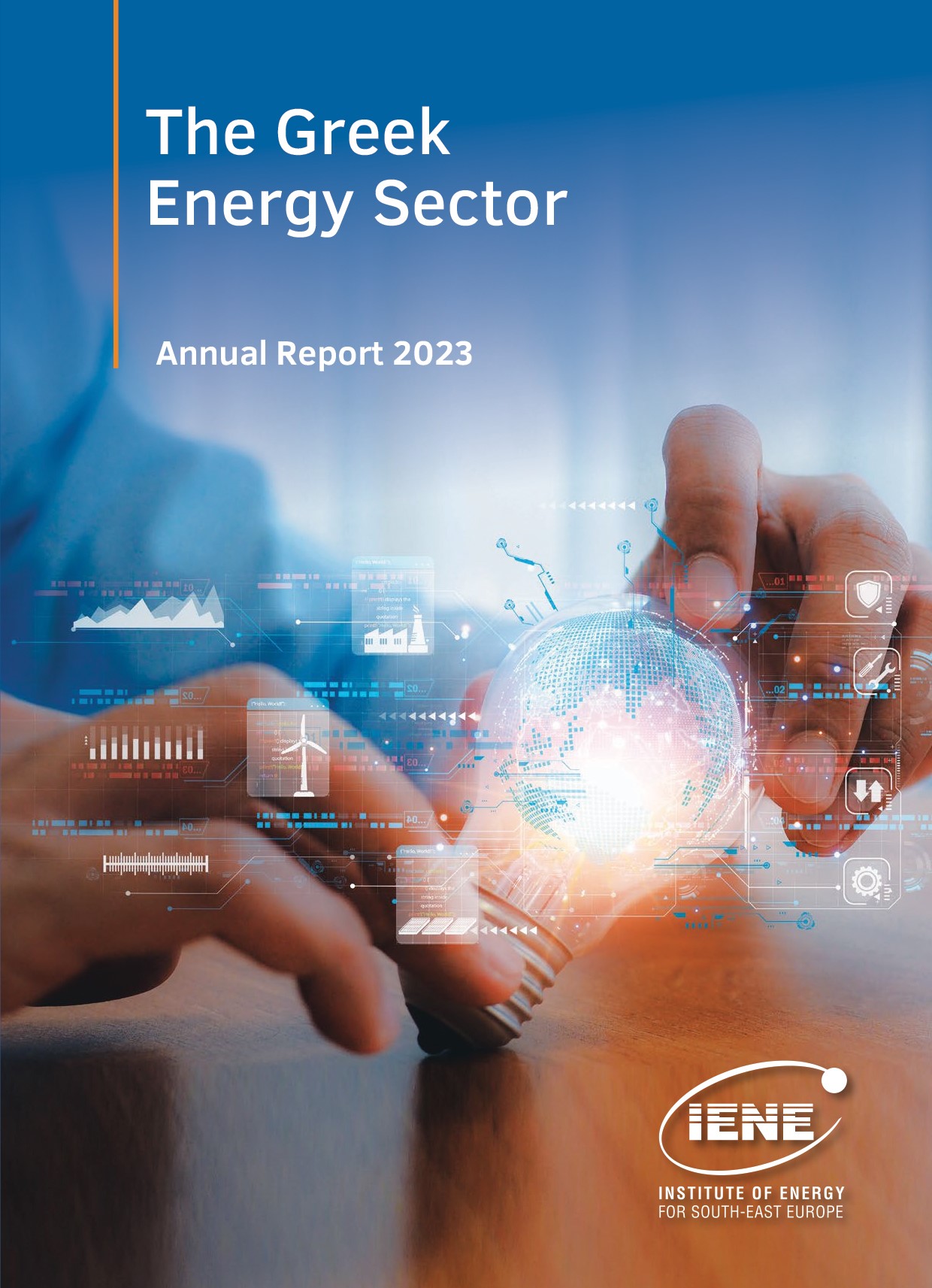

 More
More
